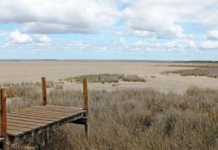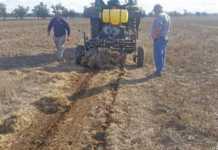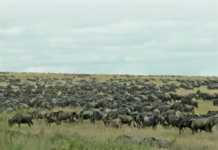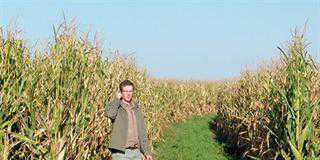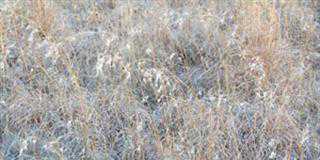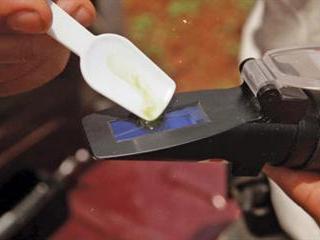
I n early March, I was taken to Belfast, Mpumalanga, by one of my clients to look at a large veld farm he’s been resting for two years, after it had been overgrazed by the previous owners. Forage was abundant. My client planned to put young stock on the veld for two or three months to gain weight before he sold them to feedlots. He wanted my opinion before he backgrounded them on the veld. He had his refractometer with him.
This is a hand-held optical instrument that measures soluble solids from a drop of plant sap, extracted from the plant in a garlic press. As the solubles are comprised mostly of carbohydrate (sugars), the resulting Brix level readings are a good indication of the energy value of the pasture. Maize silage, for example, will generally have a Brix reading of 8°Bx to 10°Bx, while a cooldrink, such as Coca Cola, normally has a Brix of 12°Bx. We started to take the readings. With his strong hands, my client managed to extract sap from even the drier grasses, most of which had already seeded.
Questions
To our astonishment the readings averaged between 6,5°Bx and 12°Bx. The unpalatable turpentine grass (Cymbopogon excavatus) had virtually the same reading as Coke! I’ve tested veld a few times in the past and never had a Brix level of above 6°Bx. This had me asking questions. How was it possible for veld to have such a high energy value? Did the long rest have something to do with it? What role did the soil play?
I reckoned there were a number of factors that brought about the growth of such good quality forage. From experience I know that high Brix readings are only achieved on soils with a good mineral balance. From taking soil samples in veld in similar areas experiencing rainfall in excess of 800mm, I know soil humus levels on these soils are remarkably high.
It is well known that most of our virgin soil in South Africa is low in phosphorus. I know too that soil microbes concentrate minerals when they build humus. Minerals stored in humus are a good source of food for microbes in lean times and a source of nutrients for plants.
Answers
This leads us to a possible explanation for the high Brix levels. During the long rest the plants were able to transfer more energy via root exudates (the various compounds that leak from growing sections of roots as well as from broken cells at exit points of lateral roots) into the soil than they would have had they been grazed.
This abundance of microbe food stimulated ‘hyper mining’ activity (solubilising of soil minerals), with the result that plants had an abundance of minerals from which they could draw a balanced supply. Soil humus was ‘built’ making an important contribution to the supply of nutrients to the plant. For years I have known that when good pasture management replaces over-utilisation, forage production is easily doubled. It now seems that good management can also double the nutritional value of veld.
John Fair is a leading expert on pastures and founder and head of the SA Biofarm Institute in Harrismith. Contact John on 058 622 3585 or at [email protected]. with ‘Biological farming’ in the subject line.

